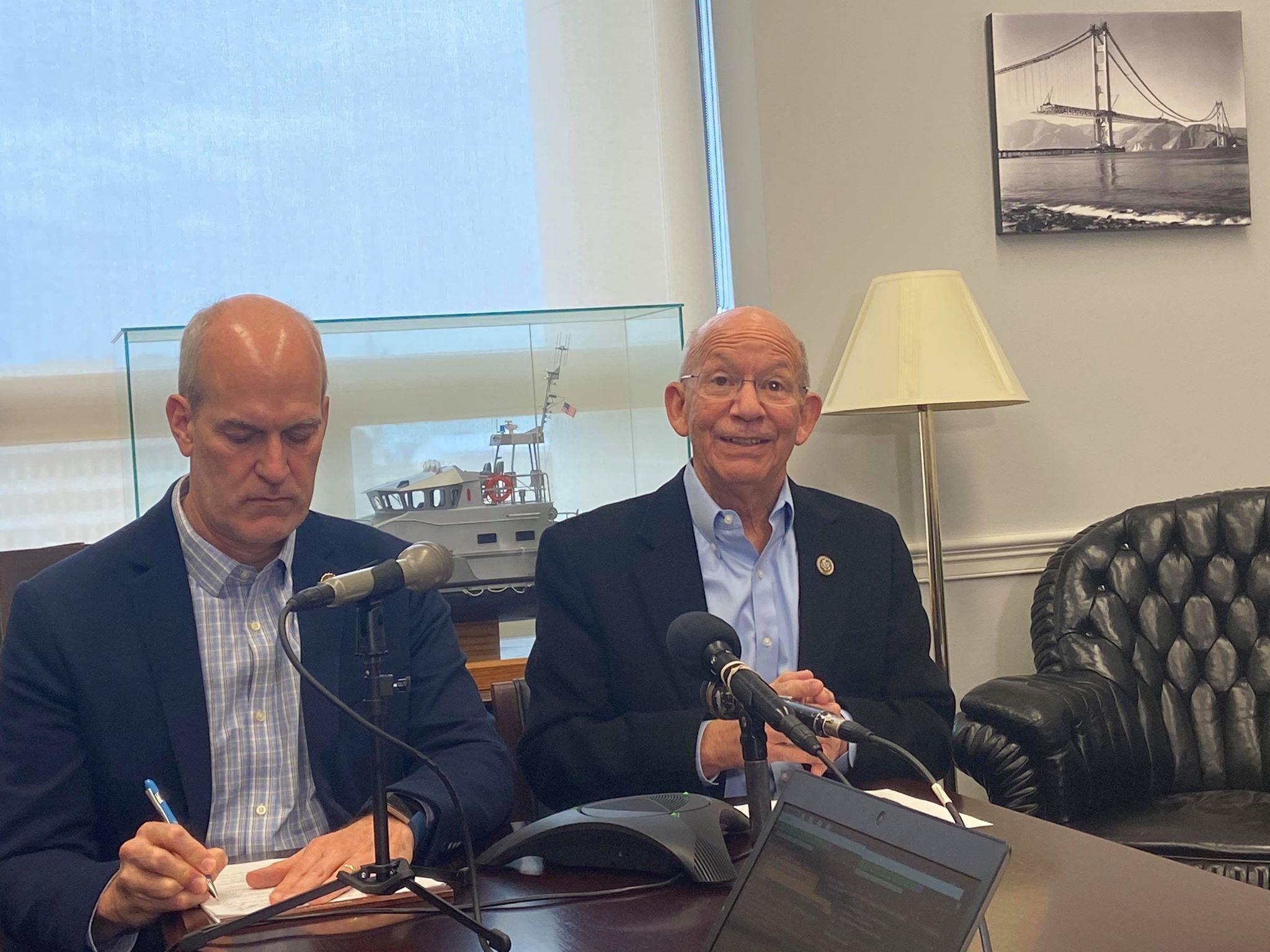
WASHINGTON—U.S. House lawmakers investigating the design and development of the Boeing 737 MAX issued their sternest rebuke of the embattled manufacturer to date, following the release of a trove of internal documents late Jan. 9 that drew widespread condemnation on Capitol Hill.
The documents, external and internal emails, and internal instant message exchanges were made available to Congressional investigators late Dec. 23, 2019 and were released publicly by the company Jan. 9 following intense pressure from Congress. Totaling roughly 150 pages, they offer some of the most compelling evidence yet that Boeing consciously chose less costly approaches over safer, more conservative ones during the MAX’s development.
In remarks to reporters on Capitol Hill Jan. 10, House Transportation & Infrastructure Committee chairman Peter DeFazio (D-Oregon) said the newest batch of communications reveal “tremendous pressure” from Boeing’s senior management to minimize training costs for airline customers, which he said directly led to the company’s decision to “deliberately conceal” the existence of the maneuvering characteristics augmentation system (MCAS) flight-control law from airlines and regulators.
DeFazio said his staff were meeting Jan. 10 with Boeing’s lawyers to discuss the messages and find out “what else there may be that we don’t currently have.” The committee has interview requests pending with employees from Boeing and the FAA, including former chief technical pilot Mark Forkner, although it is unclear whether Forkner’s attorneys will permit him to testify, either publicly or behind closed doors. DeFazio said he is not sure whether there will be additional hearings on the 737 MAX, adding that the committee may move directly to drafting legislation to reform FAA’s Organization Designation Authorization (ODA) program for delegating certification authorities to manufacturers.
“These messages prove that the ODA representatives within Boeing are not acting in the public safety interest in terms of their charge. The system is broken ... I’m not going to speculate on the exact ways we’re going to fix it, but there are going to be serious changes to the way we certify airplanes in this country,” DeFazio said.
Boeing in a Jan. 9 statement issued a profuse apology for the contents of the communications. “The language used in these communications, and some of the sentiments they express, are inconsistent with Boeing values, and the company is taking appropriate action in response,” Boeing said. “We welcome, and will fully support, any additional review the FAA believes is appropriate in connection with any of these matters, as well as the continued involvement of the relevant congressional committees with these issues.”
House Aviation Subcommittee chairman Rick Larsen (D-Washington) suggested that fallout from the 737 MAX would influence decisions related to the certification of the 777X, saying that the committee’s experience to date investigating the 737 MAX “opens up legitimate questions for FAA to ask Boeing with regards to the 777X.”
“We’re learning a lot about how the MAX was certified. It only makes sense those questions spill over onto any airplane manufactured in the U.S., including the 777X,” Larsen said.
Both lawmakers raised concerns that messages from the two most recent email troves seem to imply that 737 MAX simulators currently in existence may be flawed from a design perspective, requiring additional scrutiny by regulators and possibly pushing the aircraft’s projected entry-into-service date further out still.
“Boeing seems to have chosen the lowest-bidder who was unqualified to build simulators,” said Larsen. “There is no indication in any of these emails or messages that this problem was ever solved, or what the extent of it was in reality. We have to find out if these simulators that are coming onto the market are ready to be utilized for training before they are approved and adopted by the FAA.”





